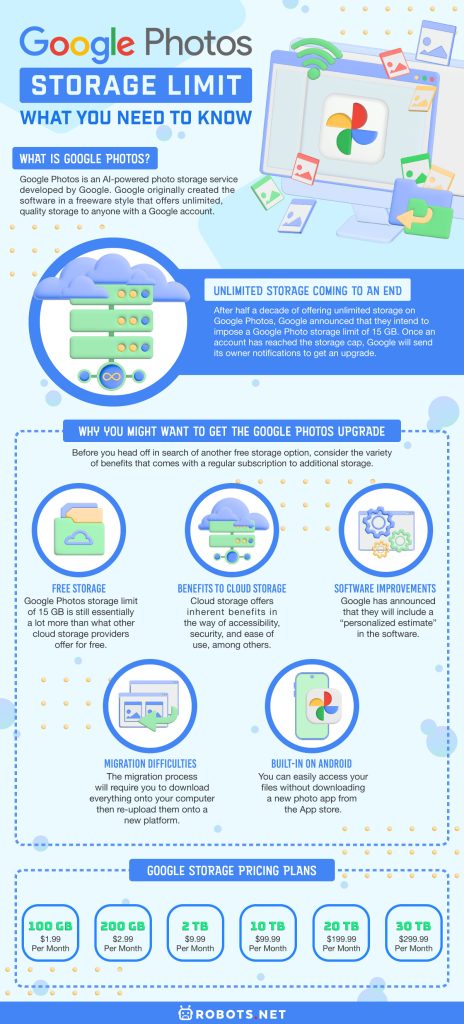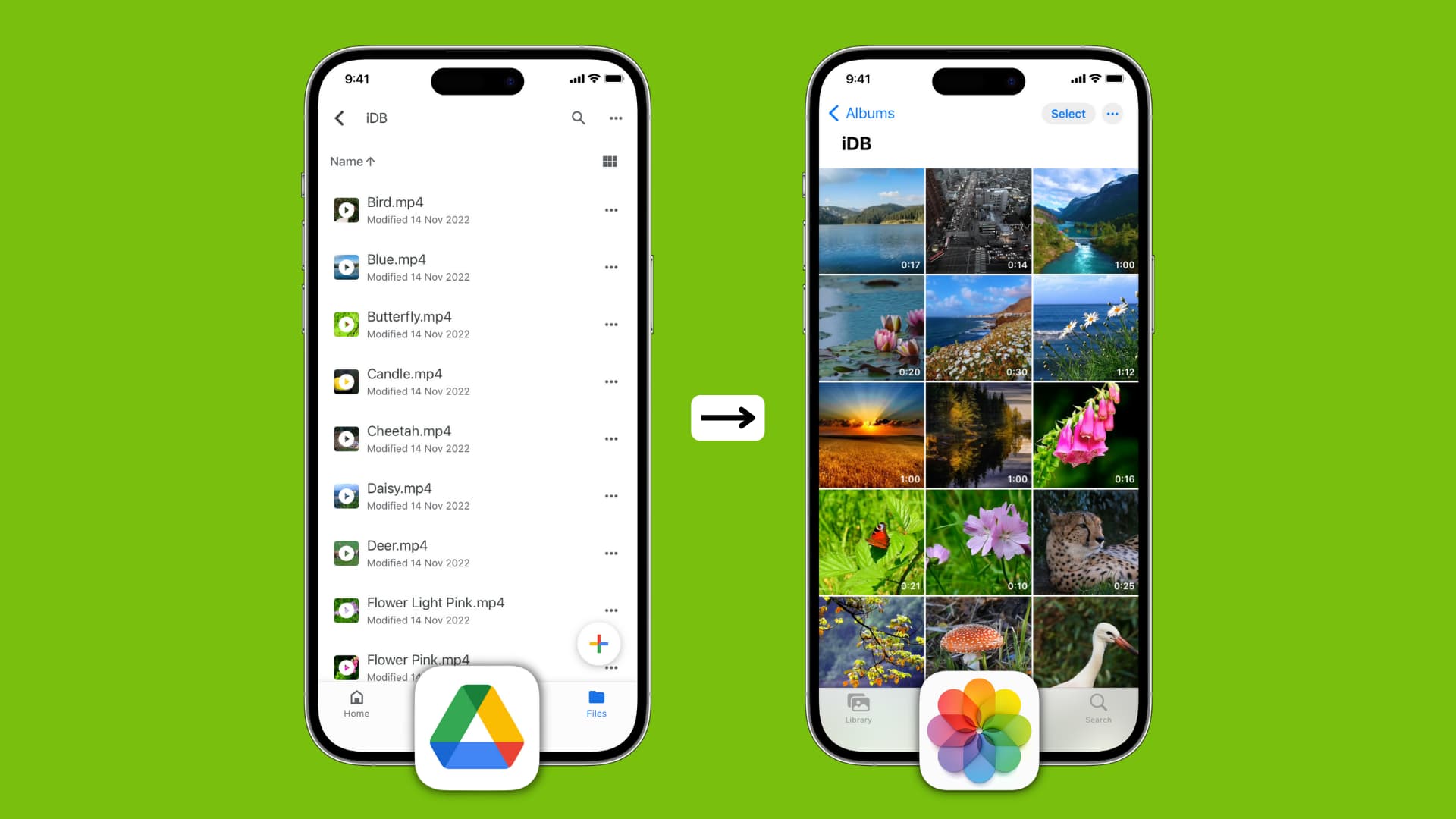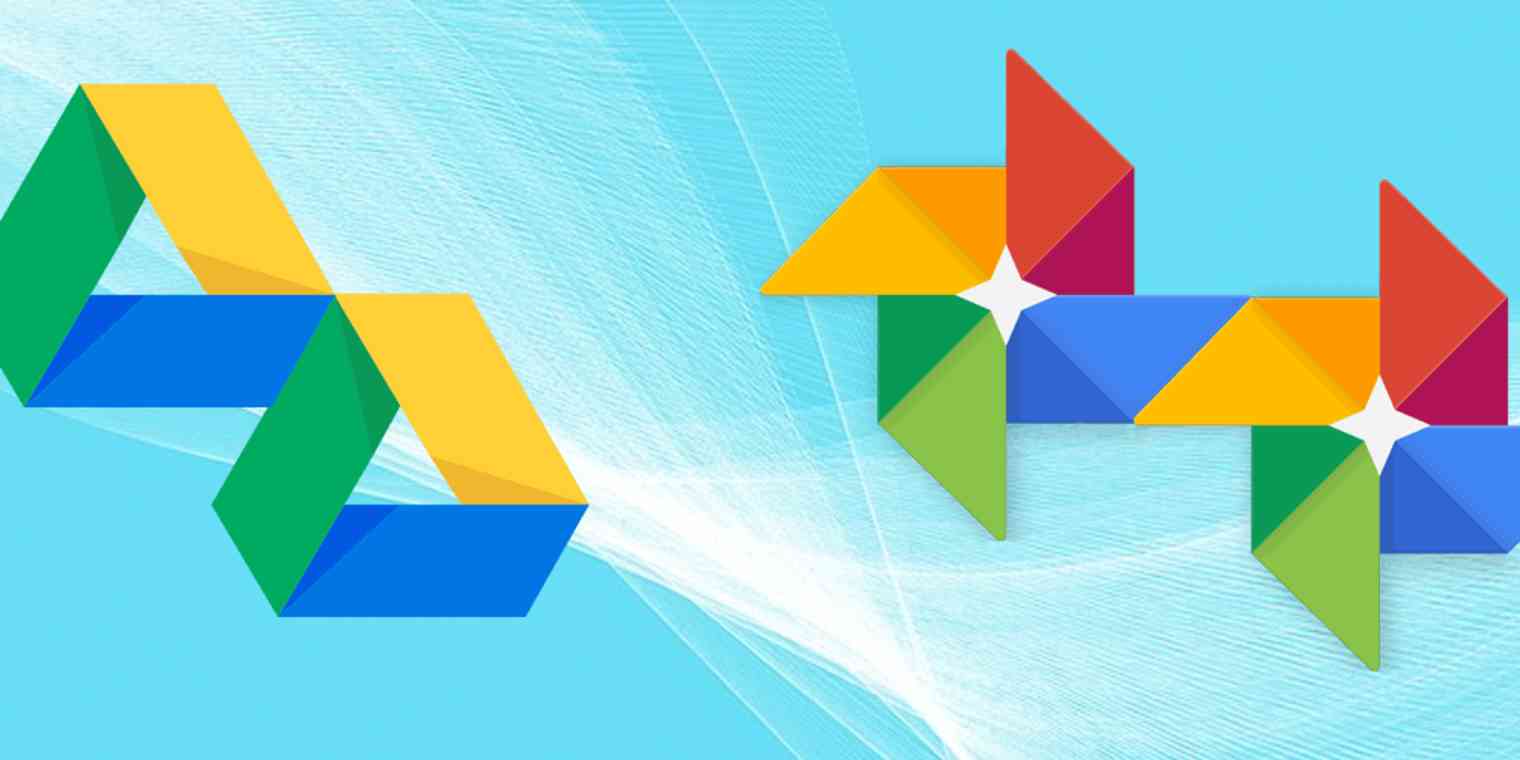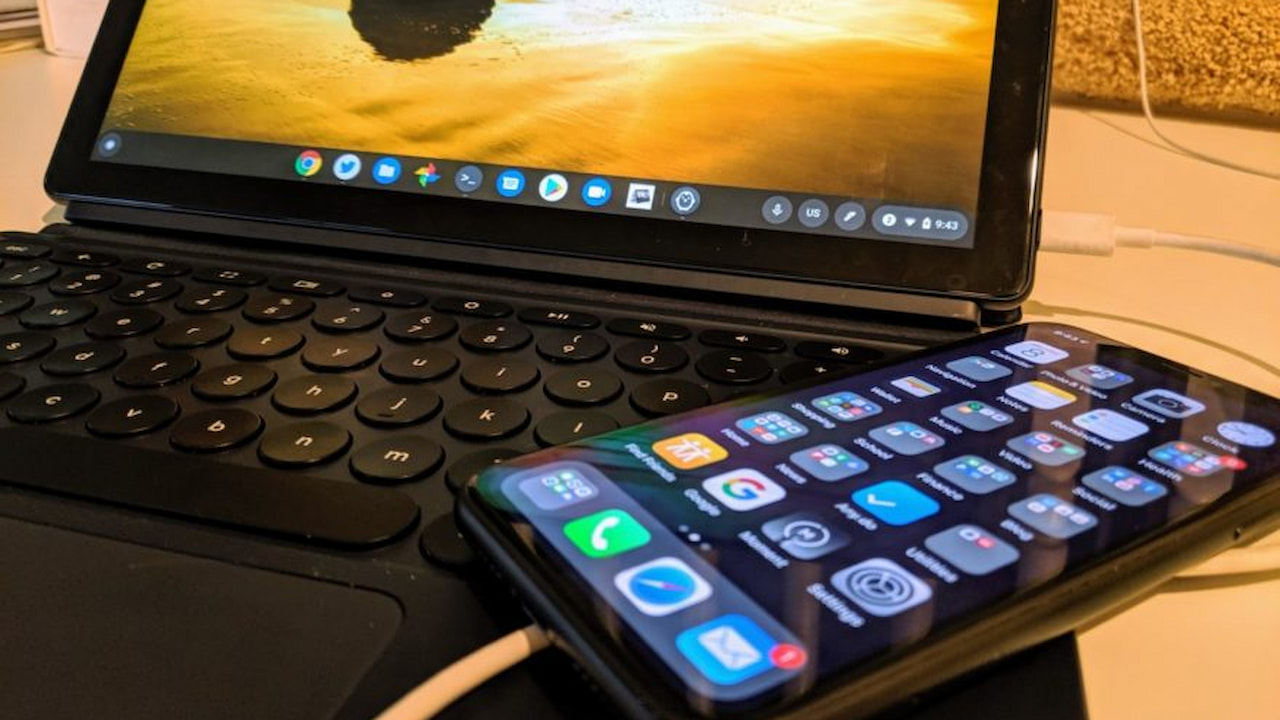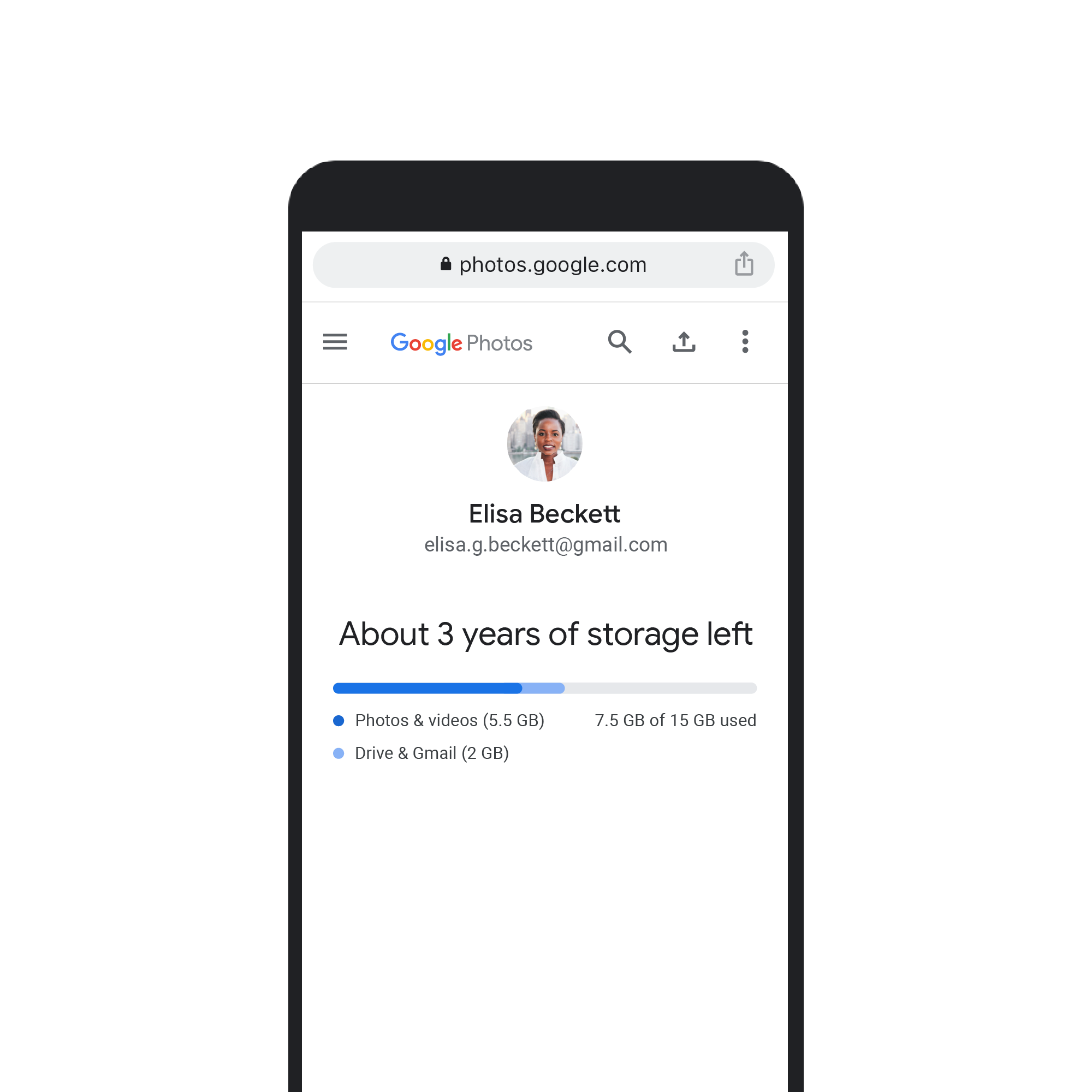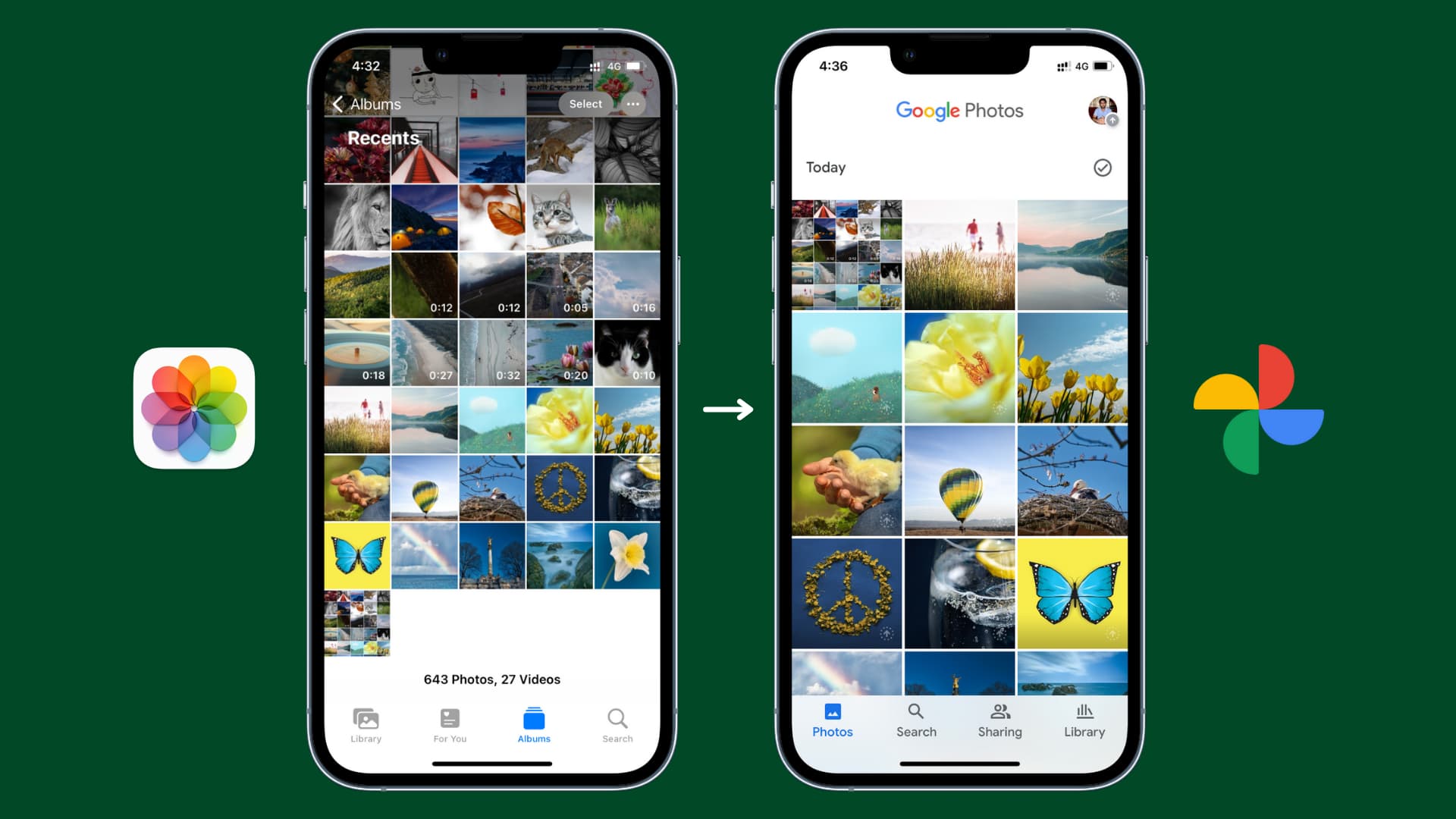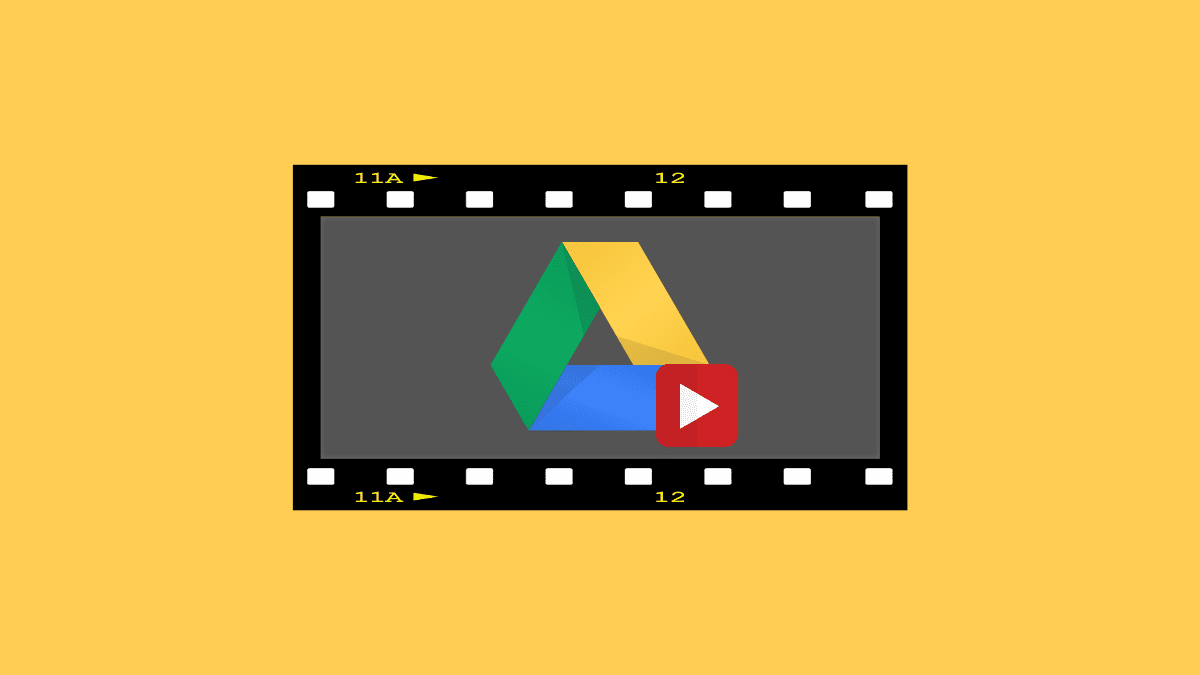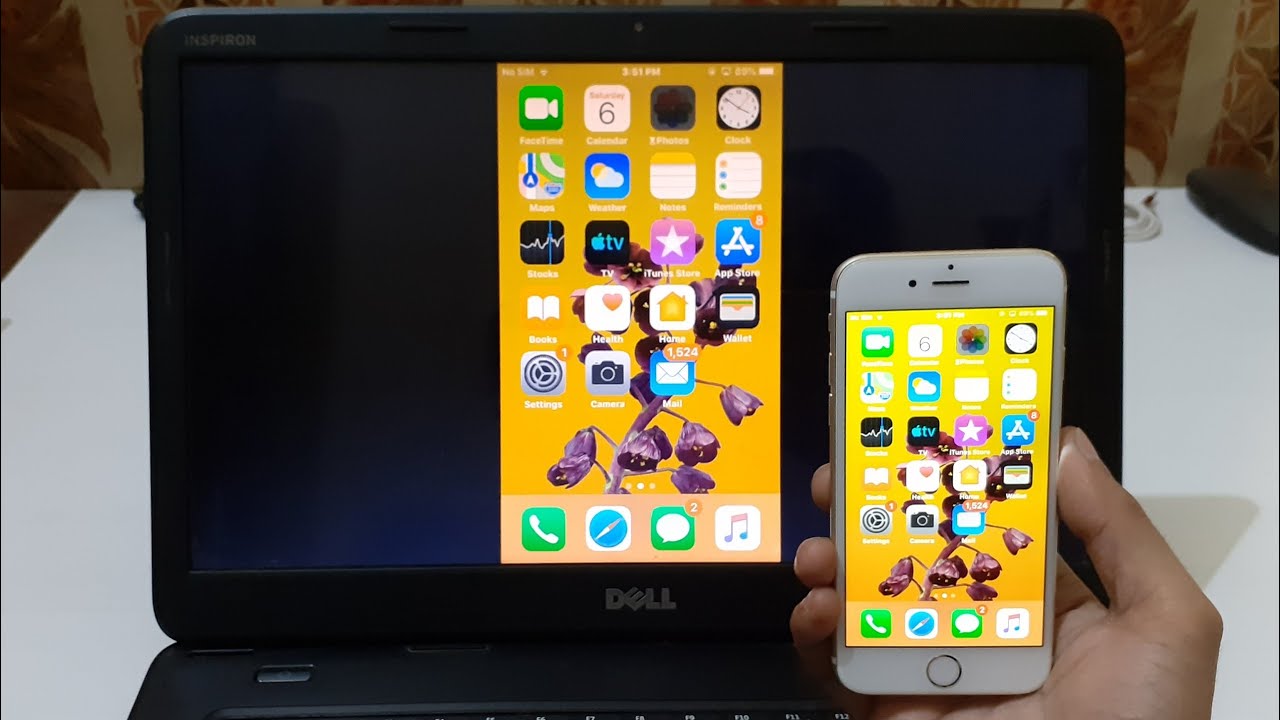Google Photos is a popular photo management software with no storage limit. After years of offering unlimited photo backups for high-quality photos, the company plans to impose a Google Photos storage limit and introduce a paywall for the service. This new policy will require users to purchase additional storage after consuming the 15 GB storage cap. Other software from Google Workspace like Google Docs, Spreadsheets, Slides, and many others will be sharing in this storage cap.
This amount of storage might not be enough at the end of the day, especially if you have plenty of files to upload. Let’s delve into what’s about to happen with the Google Photos storage limit, your upgrade options, and the software’s potential alternatives.


What is Google Photos?
Google Photos is an AI-powered photo storage service developed by Google. Google originally created the software in a freeware style that offers unlimited, quality storage to anyone with a Google account. Before Google announced their intention to build a paywall for additional storage, the service accepted any volume of high-resolution photos and videos. Users could upload 16-megapixel photos and 1080p videos without worry. Google Photos’s freeware setup made it very popular, and Google reported in 2019 that the software managed to surpass the one-billion user mark.
Besides offering free storage, Google Photos also makes use of artificial intelligence (AI). In particular, it’s using machine learning algorithms to improve its services. The best within the bunch can apply object and facial recognition techniques in photos and videos. The algorithm has been fed millions of bits and pieces of information as a way to train the algorithm to distinguish objects from people. The algorithm can then automatically detect and label the objects it detects into sub-categories of people, places, and things.
Other forms of machine learning are also being used to make the software more efficient at creating albums, animating similar photos into quick videos, or bringing up past uploads at a pre-determined date. They also improve the overall quality of photos and videos through automated editing tools. Besides these things, the algorithms also assist in the software’s ability to upload and download high-quality digital content in seconds.
Unlimited Storage Coming to an End


After half a decade of offering unlimited storage on Google Photos, Google announced that they intend to impose a Google Photo storage limit of 15 GB. What’s more, this limited storage space is something that Google Photos will have to share with the rest of Google Workspace. That includes everything from Google Docs, Spreadsheets, Slides, and the rest of the productivity tools on Workspace. Once an account has reached the storage cap, Google will send its owner notifications to get an upgrade. Google will also automatically delete uploaded content of inactive accounts that have not been opened over the past two years.
Google stated that they would be sending notifications to users when they are approaching the data cap. They also noted that any lower resolution photos and videos uploaded before the effectivity date will remain free to store online. The emphasis here is on a lower resolution because you should be able to store more photos and videos that aren’t 16 megapixels or 1080p in quality.
Google warns against exceeding the storage limit for more than two years, as they may delete content in excess of the storage cap across Gmail, Google Drive, and Photos. But that shouldn’t worry you as they will send multiple notifications before they make any attempt to remove content from accounts. The guidelines can be confusing at first, but everything should fall into place eventually.
Why You Might Want to Get the Google Photos Upgrade


Unlimited storage was one of the reasons why Google Photos became popular. That and excellent in-app tools for photo editing. But now that Google will be imposing a new Google Photos storage limit, many people would have to think long and hard about their offer for additional storage. Before you head off in search of another free storage option, consider the variety of benefits that comes with a regular subscription to additional storage.
Free Storage
A little bit of free storage is still better than nothing at all. We know that many people are disappointed with the drop-down, but free storage is free storage. The Google Photos storage limit of 15 GB is still essentially a lot more than what other popular cloud storage providers offer for free. For example, Apple and Microsoft’s One Drive offer only 5 GB of free storage. Dropbox offers even less at only 2 GB free storage.
But then again, you may already have other files to include in that free storage space that has nothing to do with Google Photos. If you have plenty of other uses for Google Drive, then you might be better off with alternative photo storage. If you want to learn more about Google Drive, check out this comprehensive guide to Google Drive.
Benefits to Cloud Storage
Another consideration would be the inherent benefits of cloud storage. Cloud storage offers inherent benefits in the way of accessibility, security, and ease of use, among others. Most cloud storage providers distribute your data across several data centers. This ensures that a backup will be available even if the data gets corrupted or lost.
Most cloud storage providers also offer data sharing and collaboration features that help users send files to other people using the cloud and without any hassle. In most cases, multiple users can also access the cloud storage and do so on any device. These are only a few potential benefits of cloud storage that you can experience fully with a Google Drive upgrade.
Software Improvements
Most software that undergo a paywall change are also subject to improvements. Google has also started to improve the software to include more tools to help with photo management. An example of an improvement would be a that automatically organizes files into categories using artificial intelligence.
When it comes to Google Photos, Google has announced that they will include a “personalized estimate” in the software. This feature will let the user know about the estimated time left before they meet the storage cap. The indicator normally shows how much storage space is left before the storage cap, but Google decided on another approach.
Migration Difficulties
Depending on the software that you choose, it could take a lot of effort to migrate your photos and videos onto a new platform. The migration process will require you to download everything onto your computer then re-upload them onto a new platform. If you have a lot going on in your life at the moment, migrating your files onto another software is definitely going to be an inconvenience.
Built-in on Android


Google Photos is already pre-installed in most Android phones, and this is unknown to many people (even Android phone users). Google is the Android OS owner, and most of the phones on the planet run on this operating software. In fact, Google Photos is already the default photo storage on millions of Android phones. This means you can easily access your files without downloading a new photo app from the App store.
Cloud Storage Fees are Inevitable
Lastly, consider the fact that fees for additional storage are inevitable. Alternative software may offer free storage at first, but each of them has a paywall for additional storage. Cloud storage isn’t cheap, and that cost needs to be passed along to consumers. They all have a limit to the amount of free storage they can provide, and you’ll be back to square one in trying to avoid spending on the service once you’ve reached that limit.
How Much Will the Upgrades Cost?


Getting an upgrade in overall storage doesn’t just give you more space to store photos and videos, but everything else you need. The monthly or annual costs would be another consideration. You want a storage option that offers plenty of benefits without hurting your pockets. On that front, we find Google Drive’s pricing structures very reasonable and well-justified considering the value they are offering in return.
In reality, the pricing structure hasn’t changed much over the years, and they’re still offering the same packages. No one can tell you how much storage you should get at the end of the day, as you should decide that for yourself. But Google has a variety of options for you to consider.
Google Storage Pricing Plans
- 100 GB for $1.99 per month (or $19.99 annually)
- 200 GB for $2.99 per month (or $29.99 annually)
- 2 TB for $9.99 per month (or $99.99 annually)
- 10 TB for $99.99 per month
- 20 TB for $199.99 per month
- 30 TB for $299.99 per month
Best Alternatives to Google Photos for Cloud Storage


Now that Google has made up its mind to install a paywall in excess of the 15 GB storage cap, people are being pressured to make a tough choice. They could either stick with Google Drive and pay up for the additional storage or look elsewhere to migrate and store their files. If you’re not entirely convinced about the benefits of an upgrade or want to avoid any expense at all costs, no one can force you to stay.
Fortunately, there appears to be no shortage of options for users who just want to find a safe place to store their photos and videos. Check out some of the best alternatives to Google Photos that can match it in terms of features and free storage:
1. Amazon Photos


Amazon Photos is a free photo editing and storage software created by Amazon. Its features are almost the same as the features of Google Photos. You’re able to organize your photos into albums, sync photos and videos across devices, and share uploaded content with friends via social media. Like with Google Photos, this service is also connected to a cloud. The cloud functions both as a storage center and file recovery center.
The software also features Amazon Rekognition, a form of facial recognition technology that tracks patterns to identify objects, locations, and faces in photos and videos. It’s not the most sophisticated software, but it still works with standard photos. The app also features some basic editing tools like cropping, photo filters, pre-built themes, etc. Amazon Photos is free software that you can download from any app store on mobile or desktop.
Amazon Photos also started out as a free software offering unlimited storage, much like Google Photos. The company later changed its strategy by limiting free storage and putting up paywalls for additional storage. Amazon Prime members have the best deal as they get unlimited photo storage for high-resolution images, plus 5 GB video storage. Prime subscribers are already paying premium fees for a combination of Amazon services, so it only seems fair that they’re getting unlimited storage.
On the other hand, free users without standing subscriptions are given a maximum of 5 GB of free storage. Standard users who have reached the storage cap will then have two options: subscribe to Amazon Prime or purchase additional storage with corresponding monthly fees. There are a variety of storage options available, but the minimum you can get is 100 GB for USD 19.99 per year.
2. Flickr


Flickr is a photo storage website that alternates as a social media website. Like most other photo management software, this one lets you upload photos and videos into separate folders. That includes everything from your standard shots from your smartphone to high-resolution shots from your DLSR. It’s also a great place to join multiple professional photographers and artists networks to help you advance in the field.
The software also offers various photo editing tools like photo and video filters, advanced cropping tools, and adjustable histograms for tone range adjustments. It also uses facial recognition technology to identify places, objects, and people in pictures. The app’s social features also stand out, especially as it lets you explore photographs uploaded by others based on how interesting they are. If you want to learn how to navigate Flickr, check out this piece describing how to download Flickr photos.
And perhaps best of all, the software offers a free terabyte of online storage. This is a massive amount even when compared to Google Drive’s offering. However, as you might expect from free software, this comes with quite a number of ads. But if the ads are a bother for you, you can always go for a Pro account for just USD 5.99 per month or USD 49.99 per year. The professional package comes with plenty of perks, including a click desktop auto-uploader, ad-free viewing, and unlimited storage. Another feature provides detailed statistics about the viewership of your photos uploaded online.
3. Adobe Creative Cloud Photography


Adobe has always been the go-to brand among artists and designers for all kinds of creative projects. There are currently 20 pieces of software in the Adobe collection. This is something they brought together in a cloud-based suite called the Adobe Creative Cloud. Unfortunately, the package didn’t go well with some people with exclusive interests in photography. This is why Adobe came up with Creative Cloud Photography—a cloud-based suite that brings together multiple Photoshop versions.
Adobe designed the Creative Cloud Photography suite is intended mostly for professionals to be a comprehensive solution for everything post-photoshoot. Bundled together in the package are the complete set of editions for Photoshop, which includes Lightroom, Lightroom Classic, Photoshop Express, and Photoshop Camera. These applications can do everything from raw image processing to automatic sorting, retouching, and exporting. The suite also gives you access to mobile-based Photoshop tools like Lightroom Mobile and Photoshop Mix. These tools are very useful on-the-go editing. They also can sync your work across all devices.
If you’re new to photo editing, better check out this guide on editing photos for beginners. Adobe regularly updates the suite to ensure that all programs are running with the most recent set of features. Updates help prevent the programs from crashing or getting bugged. It helps ensure that each program has the latest tools that the paying consumer rightly deserves.
4. Dropbox
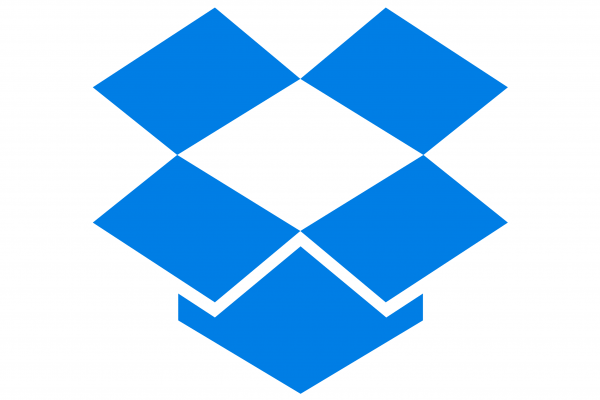

Anyone who’s ever used cloud storage before has probably heard about Dropbox. It’s one of the earliest cloud-based solutions in the market that can accommodate any file type. Like Google Drive, Dropbox lets users create team folders to organize files. The same feature allows users to automatically assign access to specific content to specific groups or individuals.
The software allows for the granular assignment of files. This means that you can determine who can access files from the sub-folders and even individual files. The program also offers a Smart Sync feature that reflects all changes to the cloud across all devices. This should allow anyone linked to your Dropbox, or even yourself, to view the exact same files across various devices. The same feature streamlines how you manage content by enabling you to sync only the files you need when you need it.
Another feature proudly advertised by Dropbox is integration with external productivity apps like Canva, Final Draft, Frame.io, among others. Integration would allow users to move content to and from Dropbox quickly. It would also allow for quick distribution of edited content from cloud-to-cloud from one software to another. Dropbox also recently introduced a feature called Showcase. This feature lets you easily share your work with others and lets you keep tabs on who has seen or edited which files. When it comes to storage, Dropbox offers free storage, albeit at a limited capacity of 2 GB for basic users. Users are given the option to upgrade to 2 TB of storage for individuals. There’s also 2 TB of storage for shared use of up to six individuals.
5. Microsoft One Drive
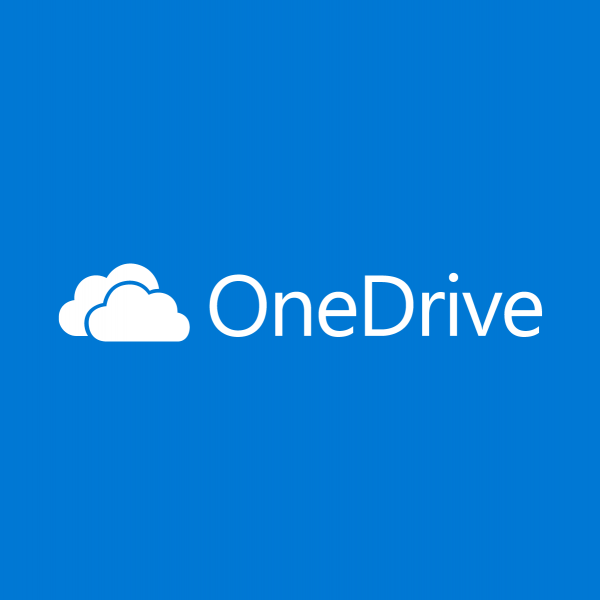

OneDrive is Microsoft’s direct response to the famous iCloud and Google Drive. It’s one of the most popular cloud storage providers in the world. Much of its success has to do with the fact that it’s integrated with MS Office tools. Microsoft pre-installed the software on all computers that run the Windows OS, which is the majority of computers on the planet. And it’s not just limited to Windows: OneDrive is also compatible with Macs, Android, IOS, and Xbox. With respect to account registration, a Microsoft account will be all that you need.
When it comes to storage, free users get 5 GB of free storage space with some ads. Once you’ve run out of storage, you can go for an additional 200 GB for USD 1.99 per month. If that still doesn’t suffice, you can step things up to 2 TB for USD 6.00 per month. This storage option comes with additional security features like expiring and password-protected share links for your files. OneDrive also offers special packages for families and businesses.
OneDrive offers a lot of features. The key feature would be the cloud-based storage, where users can upload and access files across different devices. Users can replicate files and folders across different devices and collaborate in real-time to edit the files. It can also store a duplicate of your settings and apps for direct copying onto another device. More recent features include a personal vault that uses two-factor authentication to protect your most important files. A Files-on-Demand feature helps preserve hard drive space by limiting download files that you open.
Final Thoughts on Google Photos Storage Limit: What You Need to Know


Google’s decision to create a paywall made a few waves when they made the announcement, but they’re hardly the first cloud storage software to do this. We’ve seen other cloud-based photo management software like Amazon Cloud and Apple iCloud follow the same path. We’ve always feared losing the privilege of unlimited storage, but there was always some indication that this was going to happen eventually. The whole setup is just too good to be true.
It was always going to be unsustainable and unprofitable for Google. But despite everything, Google was still generous enough to leave out 15 GB of free storage, which is more than we can ask for. Moreover, they’re offering solid deals with plenty of value for money. There’s nothing that can stop this policy from taking effect, and it’s now up to the users to make a choice.
